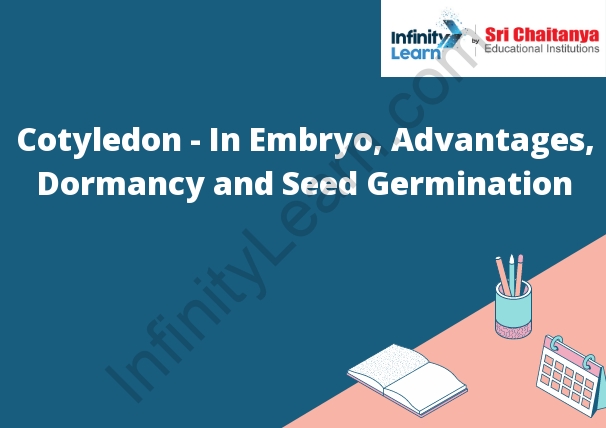Table of Contents
Cotyledons in Embryo
The cotyledons are the first leaves to emerge from the embryo of a plant. They are generally round or oval in shape and have a thin, papery texture. The cotyledons typically serve as a food source for the developing plant embryo. A cotyledon is a seed leaf. The cotyledons are the first leaves to appear on a plant embryo. They are important in the process of photosynthesis. The cotyledons take in sunlight and use it to produce food for the plant.

Dicotyledon Seeds
A dicotyledon is a seed that has two embryonic leaves, which are also called cotyledons. The dicotyledon seed is characteristic of plants in the flowering plant division, Magnoliophyta. These plants typically have two seed leaves, although some species have more. The cotyledons are the first leaves to emerge from the embryo of the seedling and are often very different in shape from the other leaves on the plant.
Monocotyledon Seeds
A monocotyledonous seed is one that has a single seed leaf (cotyledon). Monocots are a large group of flowering plants that have characteristics including one cotyledon, parallel leaf venation, and Flower Parts in 3s or multiples of 3. Most of the grains we eat, like wheat and corn, are monocots.
Dormancy and Seed Germination
- Dormancy is a state of inactivity or rest observed in some plants. This state may be brought about by environmental conditions such as cold temperature, or by the plant’s own physiological characteristics.
- Seed germination is the process by which a seed embryo begins to grow into a plant. Germination is the result of the activation of the embryo, followed by the growth of the plumule (shoot) and radicle (root).
Advantages of Seed in Angiosperms
The advantages of seeds in angiosperms include the following:
- Seeds allow plants to disperse their offspring over a wide area.
- Seeds are protected by a hard coat, which helps them survive in harsh environments.
- Seeds contain a food source that helps the new plant get started.
- Seeds can remain dormant for long periods of time, waiting for the right conditions to germinate.
- Seeds are asexual, which means they can produce new plants without the need for a mate.
Seed Viability
Seed viability is the ability of a seed to germinate and grow into a mature plant. Viability is determined by a number of factors, including the age of the seed, the condition of the seed, and the environment in which it is stored. Seeds that are old or damaged may not be viable, and seeds that are stored in a dry or cold environment may not germinate.








